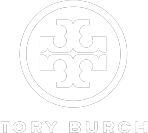An IT procurement process is necessary for organizational operations, as it involves acquiring essential technologies and services that improve business functions.
The procurement process encompasses various stages, from identifying the need for IT resources to negotiating contracts and managing relationships with suppliers. A well-executed procurement process can ensure an organization obtains high-quality products and services at competitive prices, ultimately contributing to its overall success. To understand what is procurement in the context of IT, it's critical to explore its various components.
Procurement essentially refers to acquiring goods or services from external sources, typically through a competitive bidding process. In information technology, that might include purchasing hardware, software applications, and cloud-based solutions, or hiring third-party service providers such as IT consultants or managed service providers.
A key element in understanding the IT procurement process is the procurement cycle. This cycle consists of several distinct steps that organizations must follow when acquiring new technology assets or services. These steps may vary slightly depending on specific organizational policies and procedures. However, they generally comprise:
1. Identifying Needs
The first step in the procurement process involves determining what resources are necessary for a given project or operational requirement.
2. Defining Specifications
Once an organization has established its needs, it must develop detailed specifications outlining desired product features or service expectations.
3. Researching Suppliers
With specifications defined, organizations should conduct research to identify potential suppliers capable of meeting these requirements.
4. Soliciting Bids
Organizations request proposals from prospective suppliers detailing proposed solutions along with associated pricing and timelines.
5. Evaluating Proposals
Bids are assessed based on factors such as cost-effectiveness, quality of proposed solutions, vendor reputation, and experience.
6. Awarding Contracts
Based on evaluation results, contracts are awarded to selected suppliers outlining terms and conditions for delivering goods or services.
7. Managing Supplier Relationships
Post-award activities include monitoring supplier performance, addressing any issues that arise, and, in some cases, renegotiating contracts as needed.
8. Closing the Procurement Cycle
Upon successful delivery and acceptance of goods or services, the procurement process is completed and formally closed.
Effective IT procurement relies on a combination of strategic planning, thorough research, and diligent management of supplier relationships. Organizations must remain vigilant throughout the entire cycle to ensure that desired outcomes are achieved while minimizing potential risks such as cost overruns or delays in delivery.
In conclusion, the IT procurement process is a vital component of an organization's overall technology strategy. By following a structured approach to acquiring goods and services — from identifying needs to managing supplier relationships — businesses can ensure they obtain high-quality IT solutions at optimal costs. This contributes to efficient operations and supports long-term organizational growth and competitiveness in an increasingly digital world.
IT Procurement Strategy
An IT procurement strategy is an essential aspect of any organization's overall business plan as it focuses on acquiring and managing the necessary information and technology resources to support a company's objectives. This strategy involves:
* Identifying the appropriate procurement process steps
* Managing vendor relationships
* Negotiating contracts
* Maintaining standard procurement procedures
All these aspects are critical in ensuring a seamless flow of operations while minimizing risks and maximizing efficiency.
The first stage in developing a robust IT procurement management strategy is understanding the procurement process steps. These include identifying needs, defining specifications, researching potential vendors, soliciting bids or proposals, evaluating options against pre-defined criteria, and selecting the most suitable vendor. Each step plays an integral role in ensuring the company acquires the right IT solutions to meet its specific requirements.
Once organizations establish a basic understanding of the process, they must also consider standard procurement procedures. These procedures ensure consistency and transparency throughout the acquisition process by providing guidelines for:
Documentation
This involves recording and organizing all relevant information and activities related to the acquisition process, ensuring a clear and comprehensive record for accountability.
Approvals
This step entails obtaining official authorization from the appropriate stakeholders or decision-makers at various stages of acquisition.
Risk Assessment
This involves identifying, analyzing, and evaluating potential risks associated with the acquisition.
Reporting Mechanisms
These are established channels for communicating key updates, progress reports, and critical information regarding acquisition.
Contingency Planning
This involves developing a set of strategies and actions to mitigate challenges arising during acquisition.
The primary purpose of standardizing these processes is to minimize errors and reduce potential risks associated with purchasing decisions.
Vendor selection is another important factor when formulating an IT procurement strategy. Various factors can influence this decision-making process, including financial stability, proven track record within a specific industry, or domain expertise. Organizations must evaluate these factors before engaging in a partnership with a supplier. In addition to conducting thorough research into prospective vendors' backgrounds and capabilities, it may be beneficial to seek out customer testimonials or case studies relating to their services or products.
Managing relationships with vendors also forms an essential part of IT procurement management. Establishing effective communication channels enables organizations to convey their expectations clearly while fostering trust between parties. That can result in long-term partnerships based on shared goals and objectives.
IT vendor management extends beyond selecting suitable suppliers. It also includes:
- Monitoring performance levels against agreed-upon key performance indicators (KPIs) during contract periods
- Addressing any issues that arise promptly
- Ensuring a continuous improvement approach is adopted
Negotiation skills play an indispensable role in IT procurement strategy. A strong negotiator can ensure the organization secures the best terms and conditions when entering into contracts with vendors. Vendor negotiation encompasses various aspects, such as pricing, delivery schedules, payment terms, and service level agreements (SLAs), to name just a few. Understanding how to navigate these negotiations effectively can result in significant cost savings for the company and lead to more beneficial partnerships overall.
In conclusion, developing a successful IT procurement strategy involves understanding the various procurement process steps and adopting standard procedures while considering vendor selection factors. A well-executed strategy extends to effective IT vendor management by establishing clear communication channels, monitoring performance levels based on KPIs, and navigating vendor negotiations. By taking an informed and strategic approach to information technology procurement management across all stages of the acquisition lifecycle, businesses can drive efficiencies and maximize value from their IT investments.
IT Procurement Best Practices
IT procurement best practices are essential for organizations. They ensure companies obtain the most effective and cost-efficient technology solutions. That can help businesses in their decision-making processes, vendor selection, and management of procurement services. In this context, it is crucial to discuss some significant aspects related to:
* IT procurement process best practices
* IT procurement services
* Vendor selection process in procurement
* Procurement managed services
* IT procurement support
Firstly, understanding IT procurement process best practices is important for achieving successful outcomes. The primary focus should be aligning the organization's business goals with the appropriate technology investments. That involves analyzing each project's requirements and objectives before initiating any procurement activities. Additionally, collaboration between different departments — such as finance, legal, and operations — is key to avoiding potential pitfalls arising during the acquisition process.
Moreover, leveraging IT procurement services can offer several benefits for organizations looking to optimize their technology investments. These third-party service providers have extensive knowledge about different vendors and products on the market, which can streamline decision-making processes. Furthermore, they often have pre-existing relationships with various suppliers, resulting in more profitable pricing negotiations or better service agreements for clients.
Another critical aspect of IT procurement is the vendor selection process in procurement. Selecting a vendor includes researching various suppliers' capabilities and track records to determine the one most suitable for a specific project or requirement. Key factors that organizations should consider during this phase include:
* Technical expertise
* Financial stability
* Reputation
* Previous experience working with similar projects or industries
For instance, implementing a structured Request For Proposal (RFP) process can significantly improve transparency and objectivity during vendor evaluations by comparing their responses against evaluation criteria, such as:
* Price competitiveness
* Solution fit
* Deployment timeframe
* Post-implementation support
* Training availability
Additionally, incorporating elements like proof-of-concept trials or live demonstrations can further aid organizations in making informed decisions about their technology investments.
In recent years, procurement managed services have emerged as a valuable option for companies seeking to optimize their IT procurement processes. These outsourced providers can help organizations navigate the complex technology landscape and manage relationships with multiple vendors, reducing the burden on internal resources. Procurement managed services provide end-to-end solutions including strategic sourcing, contract management, reporting and analytics, vendor performance management, and other functions.
Lastly, investing in IT procurement support can offer crucial assistance to businesses during the entire lifecycle of their IT projects. That encompasses the initial acquisition stages and ongoing maintenance and support activities. Adequate IT procurement support ensures that organizations can address any technical issues or service disruptions promptly and effectively, minimizing any potential negative impact on business operations.
In conclusion, adopting IT procurement best practices is essential for organizations, ensuring they make well-informed decisions regarding their technology investments. By understanding the significance of various aspects — such as the IT procurement process best practices, leveraging IT procurement services, employing an effective vendor selection process in procurement, utilizing procurement managed services, and investing in comprehensive IT procurement support — businesses can maximize the value of their technology solutions while mitigating risks associated with these investments.
Related Articles:
IT Procurement Services
IT Procurement Consulting
IT Procurement Best Practices
IT Procurement Process
IT Procurement Support
IT Consulting Strategy
AI in the Contact Center
Vendor Selection Process in Procurement







